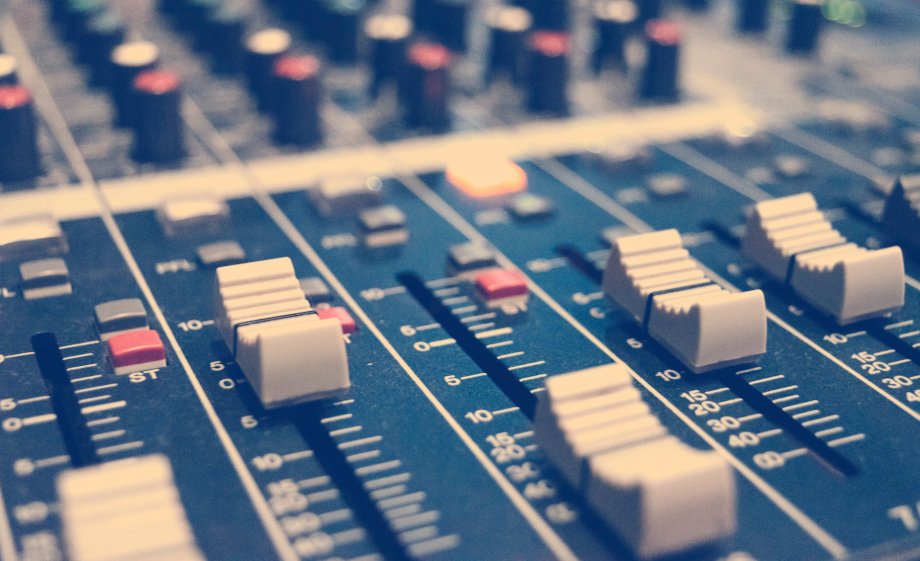October 28. 2024
What is Beatmatching a Beginners Guise for DJs

» by Danni Miller
So there I was, standing in a cramped spare bedroom, surrounded by a sea of vinyl records and that fledgling dream of becoming a DJ circled back into view. Everyone at some point, it seems, pictures themselves behind the glowing decks, headphones perched on one ear, orchestrating beats that drenched the dance floor like rain in a summer drought. At least in my small anicdotal research. Then you start to panic when you actually get started looking it what it all takes. And then you hear a term that makes your heart thump in sync with those hazy aspirations: beatmatching. Ah, beatmatching – the rhythmic dance beneath the dance, the art of aligning tempos, ensuring each connection is seamless and sweet.
In my early days, the concept of beatmatching sounded mystical, like learning to bend time itself. But, in reality, it's both a science and an art. Picture it: two songs acting like separate strands of a braid, each containing its own unique rhythm. For beatmatching, you take these strands and weave them into one. The secret? The elusive BPM (beats per minute). Thank goodness for those slots on the record sleeves – my handwritten BPM notes forever smudged by jittery fingers.
Synchronizing tempos is akin to a conductor waving their baton, ensuring the brass and strings play in perfect harmony. As a DJ, you’re the maestro wrangling beats instead of bows. When I finally figured out how to nudge a record, edge it forwards or coax it back—to hear those rhythms melt together—I knew what it meant to channel creativity. This skill makes every track you spin with another, your personal orchestra, a seamless piece of the story you tell.
Learning beatmatching can be nerve-wracking. It starts with having an ear for listening—not just to the music, but down to each heartbeat, each foot tapping in audience anticipation. But let’s face it: the road is littered with trainwrecks. That jolting moment when beats clash like cymbals in a tornado. We sometimes learn best through failure, right?
For me, it was equal parts trial and tearing-my-hair-out. And yet, here’s the magical thing: when you blend those beats just right, aligning tempos until they hum together in symphonic coaxing—the world takes a breath. There’s a hush. Then movement. And suddenly, energy synced from your soul out.
Sometimes I sit back and laugh about my early mix tapes—the overambitious mingling of ’80s synth classics with unexpected soul. Back then, beatmatching felt like an unravelable mystery. But each falter led to that eventual glide. Perfection isn’t what makes a great DJ; it’s the rhythm hum behind everything else. Beatmatching isn’t just a skill, it’s the deep and mighty river of sound coursing under those pulsating lights.
If you’re just setting minty-fresh ears to training decks, consider this not a lesson—but an invitation. To each of us, tempo is life, woven minute by minute. So listen loud, learn gently, and beatmatch defiantly. Because music, like memory, is only perfected when flawlessly flawed. Trust me, let those songs play in unison—it’s a gift.